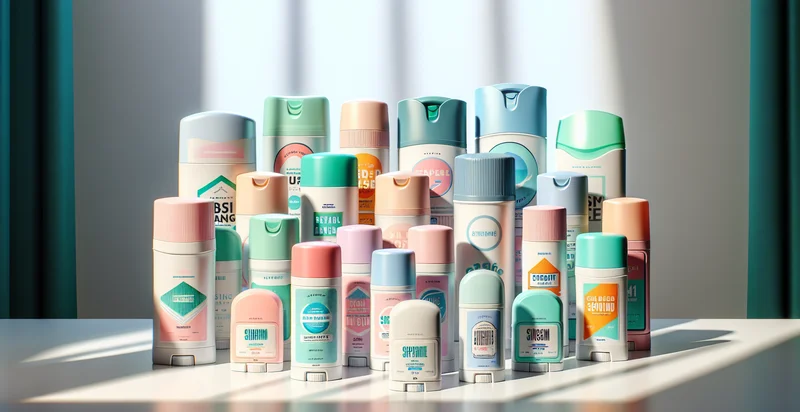Identify filling needs
using AI
Below is a free classifier to identify filling needs. Just upload your image, and our AI will predict if a product is needed - in just seconds.

Contact us for API access
Or, use Nyckel to build highly-accurate custom classifiers in just minutes. No PhD required.
Get started
import nyckel
credentials = nyckel.Credentials("YOUR_CLIENT_ID", "YOUR_CLIENT_SECRET")
nyckel.invoke("filling-needs", "your_image_url", credentials)
fetch('https://www.nyckel.com/v1/functions/filling-needs/invoke', {
method: 'POST',
headers: {
'Authorization': 'Bearer ' + 'YOUR_BEARER_TOKEN',
'Content-Type': 'application/json',
},
body: JSON.stringify(
{"data": "your_image_url"}
)
})
.then(response => response.json())
.then(data => console.log(data));
curl -X POST \
-H "Content-Type: application/json" \
-H "Authorization: Bearer YOUR_BEARER_TOKEN" \
-d '{"data": "your_image_url"}' \
https://www.nyckel.com/v1/functions/filling-needs/invoke
How this classifier works
To start, upload your image. Our AI tool will then predict if a product is needed.
This pretrained image model uses a Nyckel-created dataset and has 2 labels, including Needs Filling and No Filling Needed.
We'll also show a confidence score (the higher the number, the more confident the AI model is around if a product is needed).
Whether you're just curious or building filling needs detection into your application, we hope our classifier proves helpful.
Related Classifiers
Need to identify filling needs at scale?
Get API or Zapier access to this classifier for free. It's perfect for:
- Customer Preference Analysis: This use case involves utilizing the true image classification function to analyze customer images and identify their preferences or desires. Retailers can categorize items based on customer-uploaded images, enabling targeted marketing strategies and personalized recommendations.
- Visual Product Quality Control: Businesses can implement this function in their quality assurance process for manufactured goods. By classifying images of products, companies can automatically identify defects or deviations from quality standards, helping to ensure consistency and customer satisfaction.
- Inventory Management Optimization: Retailers can use image classification to monitor inventory levels visually. By analyzing images of stock on shelves or in storage areas, businesses can identify understocked or overstocked products, allowing for timely restocking and better inventory management.
- Personalized Advertising Campaigns: Marketing teams can leverage the function to classify user-uploaded images that reflect their interests or aspirations. By understanding user-generated content, businesses can create targeted advertising that resonates with the audience's preferences and lifestyle, increasing engagement and conversion rates.
- Social Media Engagement Enhancement: Companies can use image classification to analyze images shared on social media to understand how customers visualize their brand and products. This insight can help businesses tailor their social media strategies and content to better align with customer expectations and enhance engagement.
- Market Trend Analysis: The true image classification function can be employed to aggregate and analyze images from various online sources, identifying emerging trends in consumer behavior and fashion. This data-driven approach can inform product development and marketing strategies, keeping businesses ahead of changing consumer needs.
- Visual Assistance in Customer Support: Businesses can implement image classification to improve customer support solutions. By allowing customers to upload images of products or issues, support teams can quickly identify and categorize the problem, streamlining the resolution process and enhancing overall customer satisfaction.


